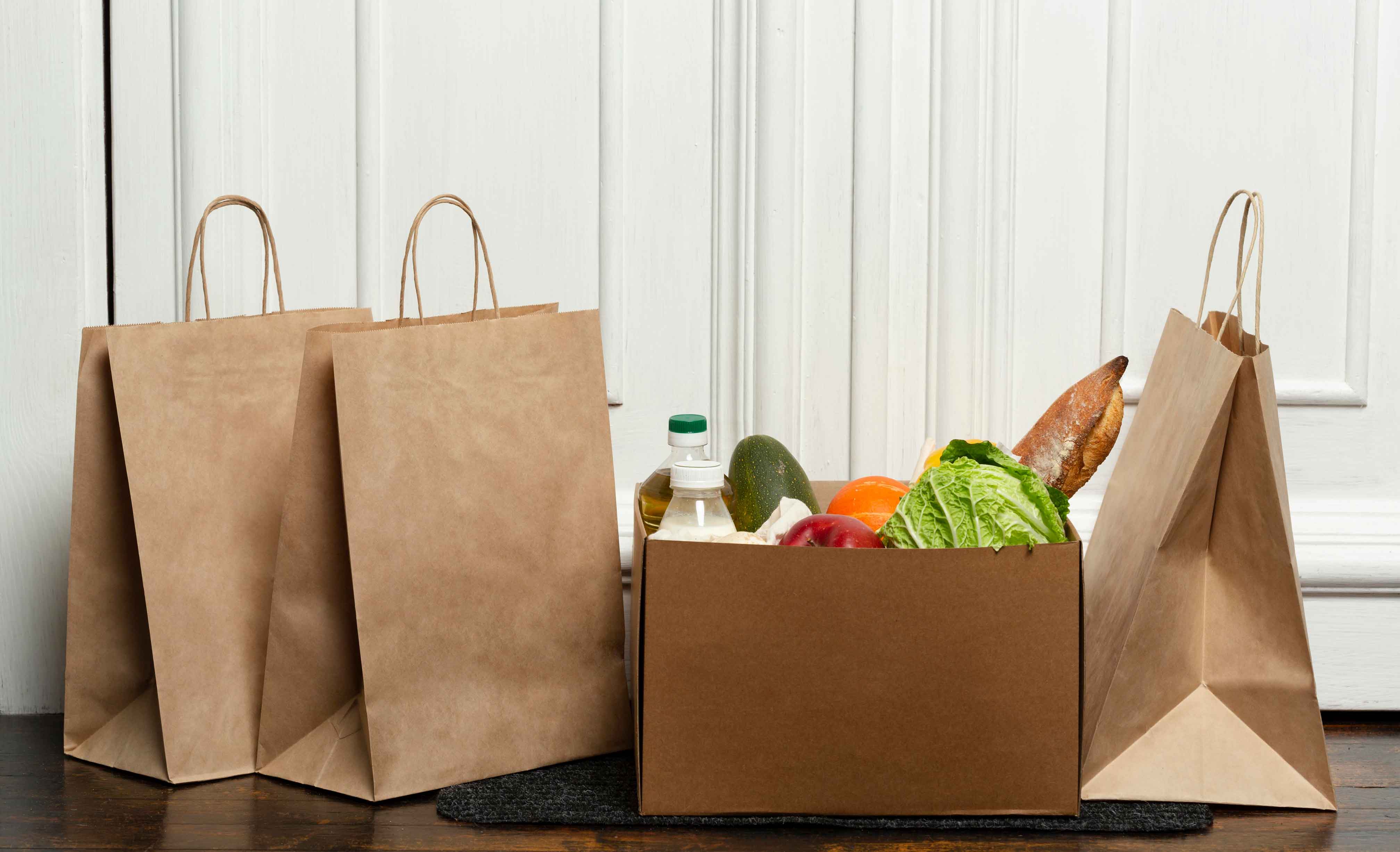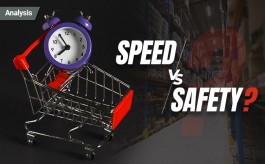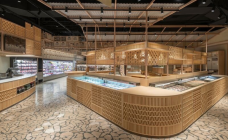Can sustainable packaging become an integral part of retail operations?
By N Jayalakshmi | January 04, 2024
Packaging being a critical part of a brand’s retail and consumer facing side, how feasible is sustainable packaging? One that is not only aligned with the growing attention on eco-friendly business practices, but also meets a retailer’s business objectives? Here’s a look.
With sustainability gaining greater currency as a business imperative, many global brands and retailers are losing no time in making sustainability an integral of their business planning and operations. Besides the urgency posed by regulatory frameworks, what is triggering the growing adoption of sustainable practices among brands and retailers is the rise of eco-conscious consumers who increasingly prefer sustainability-focused brands.

A recent survey by Capgemini on sustainability and shifting consumer behavior found that 79% of consumers are altering their purchasing habits mostly due to considerations of social responsibility, inclusivity, and environmental impact. Sustainability is thus becoming an inevitability and one important part of the sustainability agenda is sustainable packaging and there is a growing demand for sustainable packaging.
According to a Mordor Intelligence report, the Sustainable Packaging Market size is expected to grow from USD 271.86 billion in 2023 to USD 393.39 billion by 2028, at a CAGR of 7.67% during the forecast period (2023-2028).Further, according to a Statista report,the global sustainable packaging market in 2023 including sustainable glass, plastic, metal, and paper packaging solutions was estimated to be worth around 271.9 billion U.S. dollars and is projected to witness significant growth, reaching a market value of 393.4 billion U.S. dollars in 2028. This surge in value can be attributed to the increasing awareness and adoption of sustainable packaging solutions worldwide, it says.
A 2023 survey also revealed that consumers would be most likely to pay about four to six percent more for more sustainable packaging for fresh foods in the United States.
McKinsey says that by 2030, retailers with the boldest ambitions plan to increase their share of recycled content in packaging to 50 percent, reduce their virgin-plastic footprint by 50 percent, and move to 100 percent reusable, recyclable, or compostable materials in their private label range, where they have most control over outputs.
It however adds, “But realizing these ambitious goals is far from easy. The demand for postconsumer recycled plastic packaging will increase threefold by 2030, in part because of retailers’ sustainability goals and increased regulatory targets—while the supply of such materials is only expected to double, according to a McKinsey analysis. Regulators around the globe are mandating a variety of compliance measures to curb the use of packaging, especially plastics. Consumers continue to demand that the brands they buy use sustainable packaging. At the same time, persistent inflation makes reducing costs a must-do.”
Also, one of the obvious biggest obstacles for adoption of sustainable packaging is that it is always more expensive for retailers to use. Given these challenges McKinsey has put forward a recommended a set of actions in a new report called ‘Reimagine, reuse, recycle: How to reach sustainable packaging targets in retail’, aimed at consumer goods companies planning to make their packaging more sustainable:
Holistic view of packaging footprint
One of the ways by which retailers can address the cost challenge is through a complete analysis of the end to end packaging cycle - from use of raw materials, environmental footprint, cost, and formats across all their SKUs as part of a broad baseline analysis. “Once the data is consolidated, retailers can identify the biggest opportunities across their portfolio, which will help define their optimal packaging strategy,” says McKinsey .
Sustainable packaging design
The next thing is integrating sustainability principles in the packaging design process through “minimized use of non-sustainable materials and choosing materials with the smallest environmental footprint possible”. “Design-for-sustainability levers include reducing excess packaging through approaches such as “skinny design” or through changes in packaging formats (for example, some beverage companies are opting to use multipack tapes instead of plastic rings for six-packs),” says the report.
Right partnerships along the value chain
While many retailers work with many small scale private label suppliers, they also work with service and solution providers who can make a big contribution to their sustainability plans.
This would include their store display and fitout suppliers, store designers and architects, recycling agencies, etc. On-boarding all of these partners onto the sustainability plan would be critical.
As Mckinsey says, “Retailers can explore ample opportunities to establish partnerships or explore new ownership models along the value chain to secure scarce supply—without paying a premium. Potential partners include packaging suppliers, waste managers, mechanical and chemical recyclers, with whom a retailer may co-invest in recycling plants or establish offtake agreements. Retailers could also partner with consumer-packed-goods manufacturers to explore new consumption models, such as refillable solutions.”
Building internal capabilities
“Without investing in its talent and capabilities, however, it is unlikely that a retailer can successfully establish a new approach to sustainable packaging. To work well with new partners such as recyclers, packaging suppliers, and waste managers, internal talent should develop a deep understanding of the technical complexities within packaging and recycling technologies. Building up in-house capabilities—both through hiring and upskilling—should be a chief priority,” the report points out very clearly. This means making sustainability a part of the CAPEX.
Another important aspect here is training store employees on collecting recycled packaging and investing in in-store infrastructure, such as refill–reuse stations or receptacles for used packaging.
Mapping the regulatory framework
Finally, for any meaningful initiative in sustainability to take shape, would need a clear understanding of the regulatory landscape. This means dedicating sufficient resources to understanding regulations related to circular packaging and accessing best practices in coordination with international teams.
Well, with these in place, will 2024 see more brands and retailers making a perceptible shift towards sustainability starting with their packaging processes?









Comments